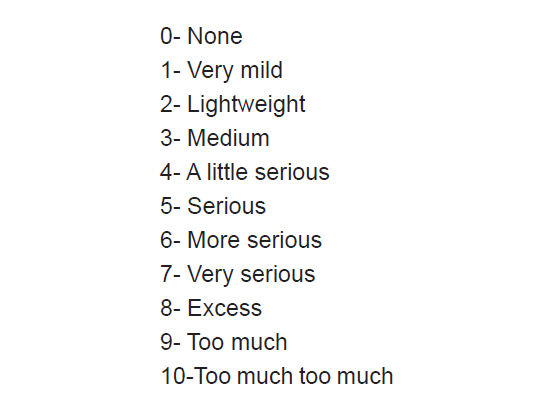The Relationship Between Dyspnea Severity with Radiological and Laboratory Findings in Pneumonia in Children in Pediatric Palliative Care
Relationship Between Dyspnea and Pneumonia
DOI:
https://doi.org/10.4274/jpea.2023.198Keywords:
Pneumonia, Pediatric palliative care, Severity of dyspneaAbstract
In care patients; pneumonia is common due to being bedridden, atrophy of respiratory muscles and use of medical devices.
Dyspnea is the second most common symptom after pain in pediatric palliative care. In this study, it was aimed to examine the
relationship between the severity of dyspnea and pneumonia. The study is a study that included patients admitted to pediatric
palliative care, diagnosed with pneumonia, and applied Modified Borg Scale (MBS) between December 15, 2019 and December
15, 2020. The MBS has a scoring system ranging from 0 to 10 and assesses the severity of dyspnea. A total of 72 (34.4%) patients
diagnosed with pneumonia and underwent MBS were included in the study. 51.4% (n=37) of the study group were male, and the
median age was 6.00 years (ranges of quarters=9). It was observed that the severity of dyspnea did not affect determining the
pneumonia type and possible pathogen (p=0.613, p=0.948, respectively) In line with the results of the study, it can be concluded
that there is no relationship between the severity of dyspnea and pneumonia in patients in need of care.

Downloads
Published
How to Cite
Issue
Section
License
Copyright (c) 2023 The Journal of Pediatric Academy

This work is licensed under a Creative Commons Attribution-NonCommercial-NoDerivatives 4.0 International License.








